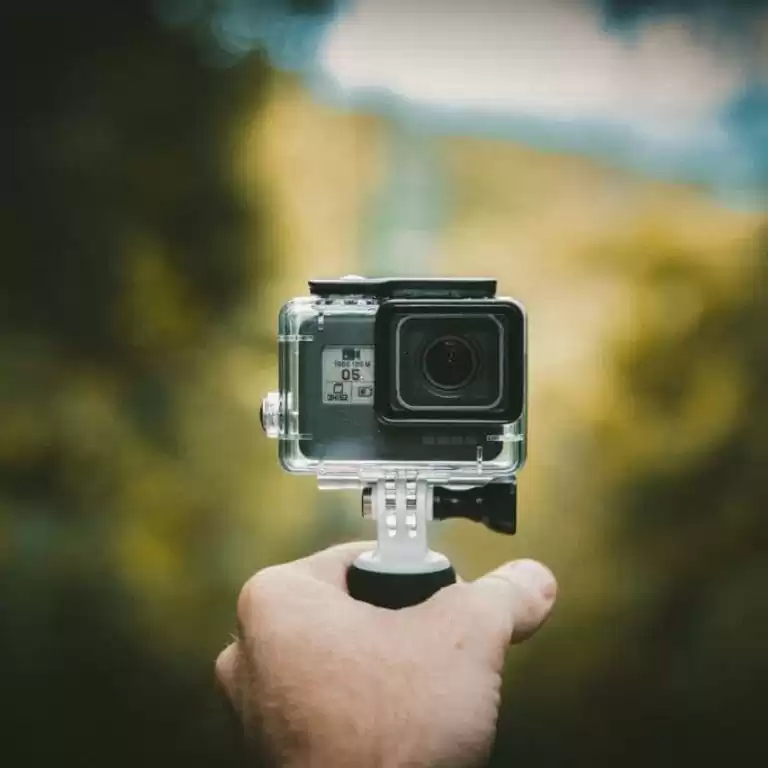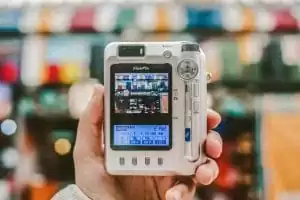
News Smaller equipment is a stark reminder that photography is not finished yet

Can off-the-shelf projects always achieve the requirements?
Do you remember Flip Video? The short-lived brand, which was in production for just five years from 2006 to 2011, was meant to be the next great thing in recording technology. Even in today’s fast-paced, high tech world that is quite a rapid rise and then fall.
It is perhaps even more impressive when you consider over two million units were sold in the start-up’s first two years. That is not surprising when you consider the handheld units were the first affordable, everyday solution to shooting in High Definition video. But the demise of Flip is one not to be frowned upon, as it was just the beginning.
Earlier this month, HTC announced their new product – RE. In much the same way Flip Video was, the RE is targeted to ‘everyday’ people. It is relatively cheap (retailing at $200 – about £125) and designed as an add-on to your smartphone, rather than a whole new product.
What does it do exactly? Well, pretty much what Flip Video used to – High Definition video, with a still photo function too. It is just much smaller – it is just 9.7cm tall and weights 65.5g – and a lot sleeker, but with an unfortunate resemblance to an asthma inhaler. However, the little piece of plastic piping is a great step towards easier photography gadgets – just like Flip had set out to do.
The RE includes a sensor that detects when it is picked up, so the camera is ready to go when you are. Plus, with only two buttons, its operations are as minimalistic as possible. It has no built-in screen or viewfinder, but it is designed to pair with the majority of current smartphones – so you have an alternative to pulling out your mobile from your pocket.
This all seems a little superfluous, does it not? Whilst it probably is a little, we should not frown upon companies putting new products onto the market and seeing what reaction they get. Imagine if Nick Woodman had never invented the GoPro? The vision behind it was fantastic – a tiny camera that can shoot pictures. Now with a range of products from video cameras to 3D-enabled devices, people can see the benefits every day. But whilst the price is still high it is likely more and more companies will try to get a share of the market.
Consumer needs (or rather, desires) are shifting fairly dramatically now. Whereas phones have gone from big, to small, to big again, digital cameras continue to be made smaller. Evidently, at this moment in time, we have not hit the bottom-size desired (but we have with mobile phones, and now consumers have decided they want big screens). Moreover, it is a stark realisation that the trend will continue and camera technology will be forced to become smaller and smaller.
Does this compromise on quality? Well, at the moment and in a word, yes. More megapixels does not automatically mean a clearer picture and smaller devices are prone to pick up natural wobbles and kinks. It is exciting to see Microsoft Research develop a better way to stabilise video, but it is not available commercially at the moment and is, at best, a post-production technique.
The only way to get good quality time-lapse is to go to the professionals. You just cannot beat great quality images taken on the most up-to-date DSLR cameras, edited together by trained and experienced editors and given the full post-production treatment.
The equipment used to create professional time-lapse sequences is expensive and bulky, but it is why so many companies choose to outsource work to companies that specialise in it. After all, time-lapse in that sense is a great marketing tool and an HTC RE or GoPro is probably not going to cut-it. Not to mention additional problems caused by low light or bad weather.
Shop fit-outs, construction projects and live events all look brilliant when captured professionally. But that is not to say smaller, handheld and readily available, off-the-shelf alternatives do not have their place. They all capture a unique perspective – unique to the person, the angle or the device. They can take the viewer into a new experience through some simple point-and-shoot footage. And they will probably have a long life amongst consumers, because it is what they want.
There are clearly two different markets that camera technologies are being targeted at in this moment of time. On the one hand, you have companies and professionals, who want to use time-lapse and video for marketing or monitoring. But then the second groups – the hobbyists and semi-professionals – are finally getting their reward for years of waiting and experimenting. Technology is getting smaller and easier – and that is why photography is alive and kicking today.